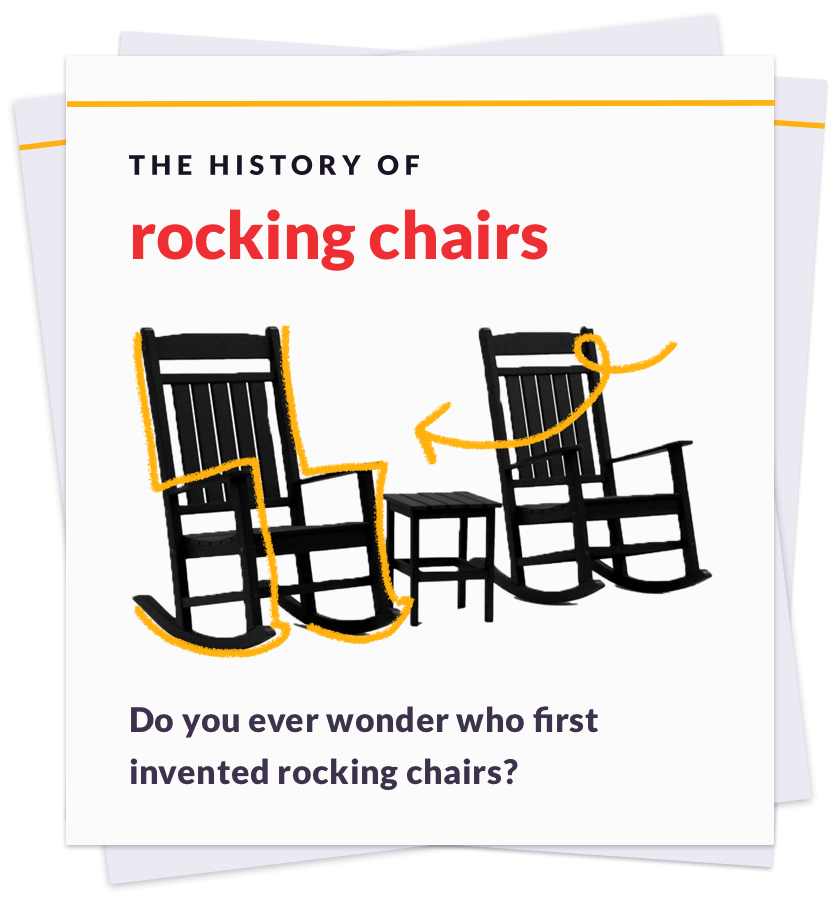French toast has surprisingly ancient origins that date all the way back to ancient Rome. A cookbook from the 4th century by Marcus Gabius Apicius called Cooking and Dining in Imperial Rome laid out a recipe for the earliest known version of French toast, which was then called “aliter dulcia.” This Roman dish was made by soaking pieces of crustless white bread in milk and beaten egg, then fried in oil and drizzled with honey. The dish slowly spread throughout Europe and other cultures created their own versions. For example, a 14th century English cookbook called Forme of Curry laid out a recipe for “payn fondue,” a dish made by soaking bread in wine, then frying it in grease and sweetening it with dried fruit, spices, and sugar. Another English recipe for “panperdy” was printed in a 1615 cookbook called The English Huswife and called for sliced bread to be soaked in a mix of eggs, spices, sugar, and salt. There’s even a 1660 recipe published in The Accomplisht Cook that calls for bread to be soaked in wine, sugar, and orange juice. But if the dish isn’t French in origin, why do Americans refer to the dish as “French toast?” It’s thought that the dish was introduced to Americans in 1724 by an innkeeper in Albany, New York named Joseph French. Historians believe that he intended to name the dish “French’s toast,” but a grammatical error resulted in the name “French toast.” By 1871, the term had caught on and it even appeared in the Encyclopedia of American Food and Drink. Notably, other countries also have their own versions of French toast, such as the French pain perdu, which may have inspired the American version we now know and love. All of these variations are likely derived from the original ancient Roman dish. Today, French toast is incredibly popular in the U.S. and is considered a staple on breakfast and brunch menus all across the country.

Your go-to guide for weird history facts
Subscribe to the FREE daily email that makes learning about history fun.


